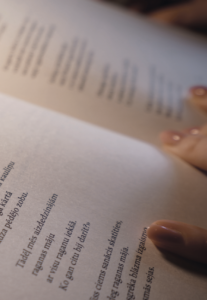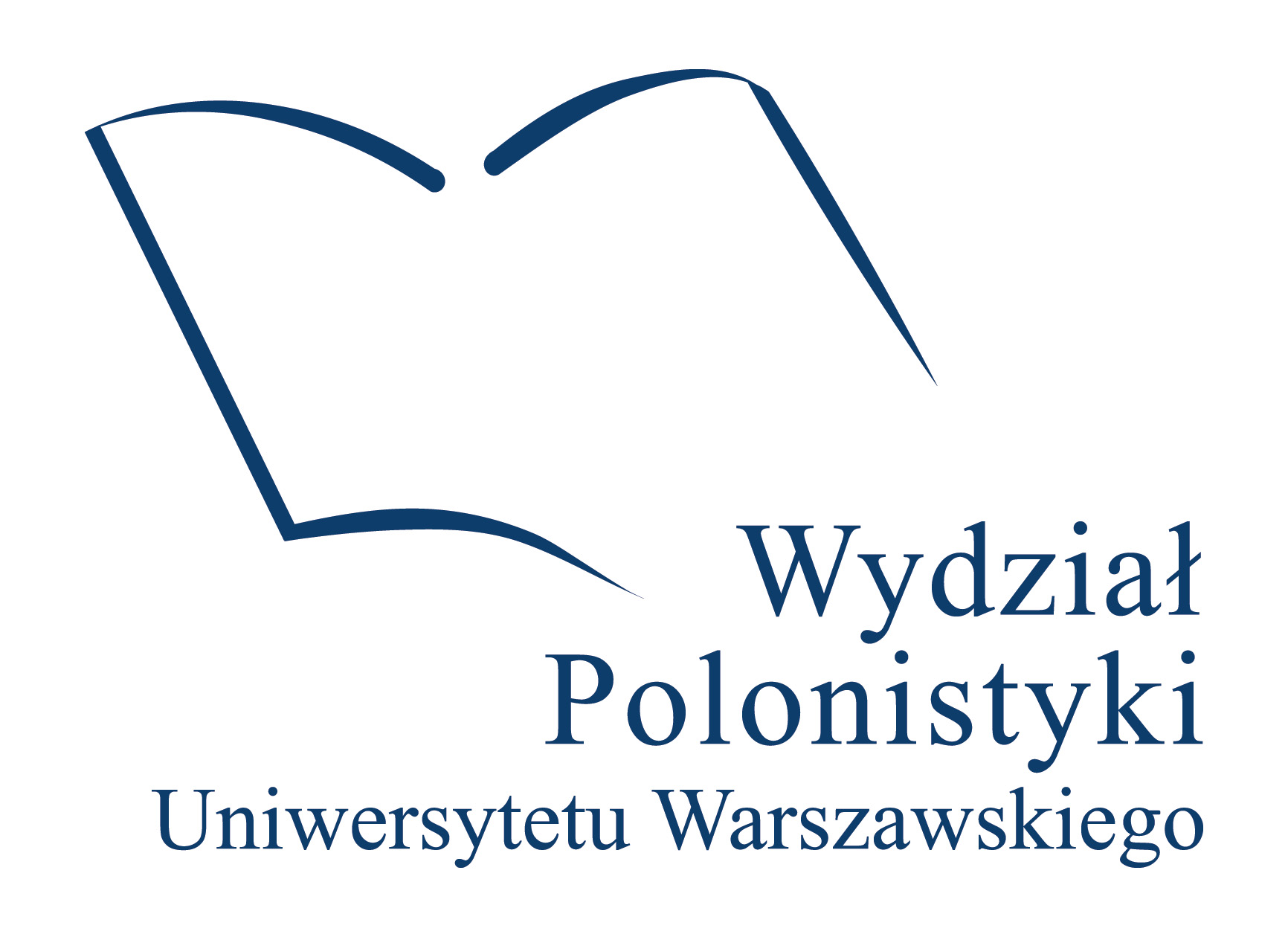7. Translating Books: The Art of Translation
 By “translation” we understand not only, as per usual, the process of rendering literature from one language into another, but also the act of adaptation that enables literary works to come to life in new forms and contexts. Translation also encompasses making texts more accessible to individuals with special needs. Such activities at the Faculty of Polish Studies cover a wide range: from translating foreign literature into Polish and interpreting into Polish Sign Language to the localization of contemporary games.
By “translation” we understand not only, as per usual, the process of rendering literature from one language into another, but also the act of adaptation that enables literary works to come to life in new forms and contexts. Translation also encompasses making texts more accessible to individuals with special needs. Such activities at the Faculty of Polish Studies cover a wide range: from translating foreign literature into Polish and interpreting into Polish Sign Language to the localization of contemporary games.
Thanks to translation, a literary work is reborn, and the translator’s task is to convey linguistic and cultural differences. This can be seen, for instance, in the work of classical philologists, who translate ancient Greek and Latin literature as well as early modern neo-Latin works. A deep understanding of Polish cultural heritage is impossible without knowledge of key foreign-language texts. Therefore, the series titled Dawna Literatura Włoska. Studia i Źródła (Old Italian Literature: Studies and Sources), edited by M. Wojtkowska-Maksymik and J. Dygul (Department of Italian Studies, University of Warsaw), publishes translations and interpretations of Italian Renaissance and Baroque works.
We also provide Polish readers with outstanding works of Lithuanian literature, translated by our fellow Balticists as well as graduates of the Faculty of Polish Studies.
We actively support translators in their work. The Treq application, the originator of which is E. Kaczmarska-Zglejszewska, helps users find reliable translations of single words and phrases. The application uses InterCorp, a multilingual database of genuine illustrative texts. It allows the user not only to check other-language equivalents but also to see how they function in different contexts.
Translation may also refer to making cultural texts accessible to people with special needs. Among our undertakings, we have prepared a collection of school set texts translated into Polish Sign Language (PJM). Reading the text in Polish while simultaneously viewing the PJM interpretation helps deaf children develop cultural and linguistic competences in both languages.
During the Summer School in Translation Studies, we teach the specifics of translation, its cultural aspects and the economic realities of the profession. We compare variant translations and make our own versions.
(Photo by: M. Kaźmierczak)
